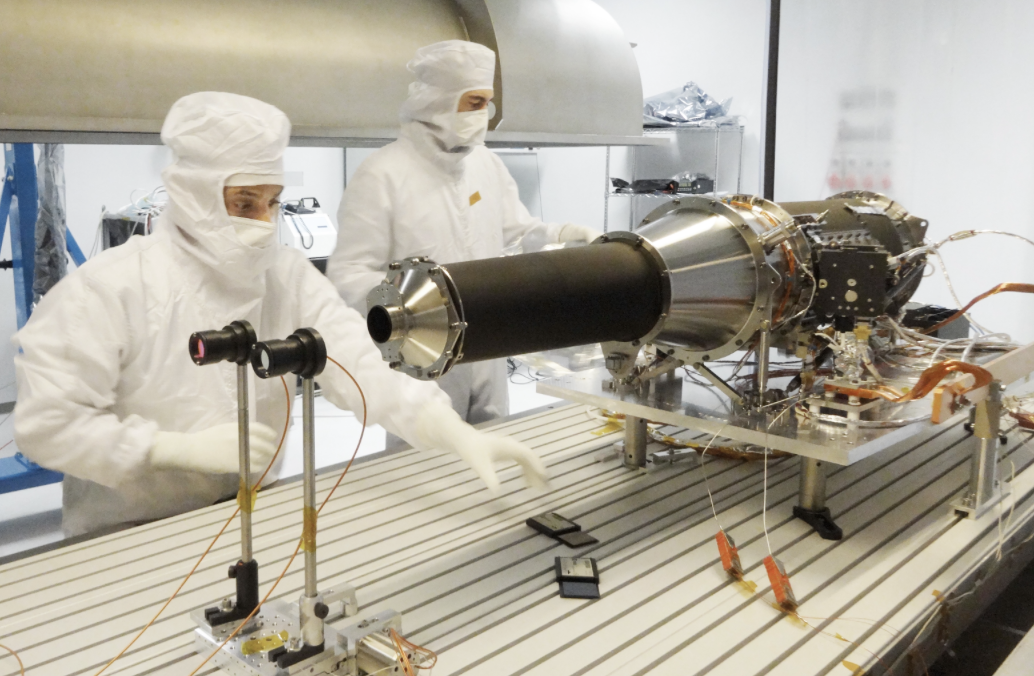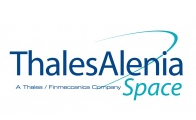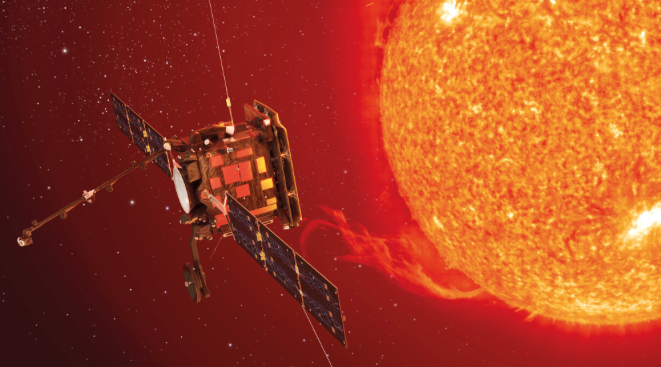
At ASI building the scientific instrument METIS (Multi-Element Telescope for Imaging and Spectroscopy)

A mission that has been a long time coming with unbelievable issues to overcome, otherwise the whole project burns up. When you're flying so close to the sun you've got to have an amazing heat shield, and that's one of the items that Thales Alenia Space has created.
The company announced two milestones that will enable ESA's Solar Orbiter to achieve two things that have never been done before—completing construction of the heat shield on behalf of Airbus Defence and Space for the European Space Agency’s Solar Orbiter spacecraft, and delivering to the Italian space agency ASI the scientific instrument METIS (Multi-Element Telescope for Imaging and Spectroscopy). The project was developed by Thales Alenia Space which is the joint venture between Thales (67 percent) and Leonardo (33 percent),

Scheduled for a 2019 launch, the Solar Orbiter will perform an in-depth study of the main phenomena associated with the Sun and the solar corona. Sent into a highly elliptic orbit around the Sun, this advanced spacecraft will be able to observe the Sun more closely than ever before, at a distance less than that between the Sun and Mercury.
The Solar Orbiter will be carrying ten scientific instruments, including METIS, proposed by an Italy-led international scientific consortium founded by ASI, and produced by Thales Alenia Space Italy in conjunction with OHB Italia. This innovative instrument will produce the first high-resolution images of the solar corona in polarized visible light and in ultraviolet. The data gathered by METIS will allow scientists to completely characterize remotely the two most important plasma components of the corona and the solar wind (electrons and protons) and answer fundamental questions about the origins of the fast and slow wind, the sources of solar energetic particles, and the eruption and early changes in coronal mass ejections.

The all important heat shield is sized to keep the entire satellite in the shade, radiating the accumulated heat into deep space. The outermost layer is made of titanium, and can withstand temperatures up to 600ЉC.
The heat shield, designed and produced by Thales Alenia Space in Turin, Italy for Airbus Defence and Space, has been shipped to the IABG facility in Germany for final thermal-mechanical acceptance tests. The heat shield was a daunting technological challenge because it will have to protect the satellite from the intense solar radiation present at such close range. It is sized to keep the entire satellite in the shade, radiating the accumulated heat into deep space. The outermost layer is made of titanium, and can withstand temperatures up to 600ЉC.
With these two latest milestones in the Solar Orbiter program, Thales Alenia Space continues to confirm its technological expertise for leading-edge space exploration endeavors.
The company has already developed advanced scientific instruments for the Planck and GOCE missions, and will provide sophisticated radio instruments for the upcoming BepiColombo mission to explore Mercury and the Euclid satellite designed to map the geometry of the “dark universe”.

